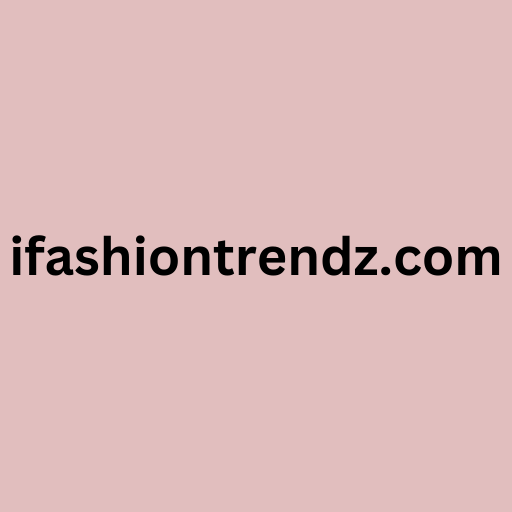Analyzing the Plunge: Understanding the Factors Behind the Decline in Apple Watch Sales

Introduction: In recent years, the Apple Watch has emerged as a flagship product in the wearable technology market, capturing the attention of consumers with its sleek design, innovative features, and seamless integration with the Apple ecosystem. However, recent reports have indicated a significant decline in Apple Watch sales, raising questions about the factors contributing to this downturn. In this analysis, we delve into the underlying causes behind the plummet in Apple Watch sales, examining market trends, consumer preferences, and competitive pressures shaping the wearable technology landscape.

Market Saturation and Replacement Cycles: One of the primary factors driving the decline in Apple Watch sales is market saturation and the maturation of the wearable technology market. As the market becomes increasingly saturated with smartwatches and fitness trackers from various manufacturers, the rate of adoption among new consumers naturally slows down. Additionally, existing Apple Watch users may be less inclined to upgrade to newer models as incremental improvements in features and functionalities may not justify the cost of an upgrade. This phenomenon is further exacerbated by longer replacement cycles, with consumers holding onto their devices for longer periods before considering an upgrade.
Competitive Landscape and Alternative Options: The wearable technology market has become highly competitive, with numerous players vying for market share alongside Apple. Competitors such as Samsung, Fitbit, Garmin, and Huawei offer a diverse range of smartwatches and fitness trackers catering to different consumer preferences and price points. As a result, consumers have a wider array of options to choose from, making it increasingly challenging for Apple to maintain its dominance in the market. Furthermore, some consumers may opt for alternative wearable devices that offer comparable features at a lower price, posing a direct threat to Apple Watch sales.
Shift in Consumer Preferences and Lifestyle Changes: Changing consumer preferences and lifestyle trends also play a role in the decline of Apple Watch sales. While the Apple Watch initially gained popularity as a fitness and health-tracking device, its appeal may have waned as consumers seek more specialized devices tailored to specific activities such as running, cycling, or swimming. Additionally, the rise of health and fitness apps on smartphones has provided consumers with alternative means of tracking their physical activity and monitoring their health, reducing the perceived necessity of investing in a dedicated wearable device like the Apple Watch. Moreover, shifting consumer priorities amidst the COVID-19 pandemic may have further impacted demand for wearable technology, with consumers reallocating their discretionary spending towards other essential or high-value purchases.
Challenges in Innovation and Differentiation: Maintaining relevance and driving innovation in the wearable technology space poses significant challenges for Apple as it seeks to differentiate its products amidst fierce competition. While Apple has introduced incremental improvements and new features with each iteration of the Apple Watch, such as advanced health monitoring capabilities, ECG functionality, and cellular connectivity, these enhancements may not be compelling enough to drive widespread adoption or spur upgrades among existing users. Furthermore, the lack of revolutionary breakthroughs or game-changing innovations in recent Apple Watch models may contribute to a sense of stagnation among consumers, dampening enthusiasm for the product.
Supply Chain Disruptions and Economic Uncertainty: External factors such as supply chain disruptions and economic uncertainty can also impact Apple Watch sales and overall consumer sentiment. The COVID-19 pandemic has disrupted global supply chains, causing delays in manufacturing, distribution, and product launches. These disruptions may lead to constrained supply and inventory shortages, limiting the availability of Apple Watch models and impeding sales growth. Moreover, economic uncertainty resulting from the pandemic and other macroeconomic factors may prompt consumers to exercise greater caution in their spending decisions, prioritizing essential purchases over discretionary items like wearable technology.
Future Outlook and Strategic Considerations: Despite the current challenges facing Apple Watch sales, there are opportunities for Apple to regain momentum and drive growth in the wearable technology market. Continued investment in research and development to introduce compelling new features and innovations, such as enhanced health monitoring capabilities, sleep tracking, and integration with emerging technologies like augmented reality, can help differentiate the Apple Watch and attract new users. Additionally, strategic partnerships with healthcare providers, fitness companies, and other stakeholders can expand the use cases and value proposition of the Apple Watch, positioning it as an indispensable tool for managing health and wellness. Furthermore, targeted marketing campaigns and promotions aimed at specific demographic segments, such as fitness enthusiasts, healthcare professionals, and tech-savvy consumers, can reinvigorate interest in the Apple Watch and stimulate demand.
Conclusion: The decline in Apple Watch sales reflects broader trends and dynamics shaping the wearable technology market, including market saturation, competitive pressures, shifting consumer preferences, and external factors such as supply chain disruptions and economic uncertainty. While these challenges present significant obstacles for Apple, they also underscore the need for continued innovation, differentiation, and strategic initiatives to maintain relevance and drive growth in the wearable technology space. By understanding the factors driving the decline in Apple Watch sales and addressing them proactively, Apple can position itself for long-term success and solidify its position as a leader in wearable technology.



